|
Filed By:
Gabriel Ponniah, Editor In Chief ATX Screen Scene Conventional wisdom would have us believe that dogs are man’s best friend, but the documentary film Cat Daddies disagrees. As viewers are introduced to various men from different regions and walks of life, all united by an uncommon love for their feline friends, they run the gamut of emotions from laughter to tears. But the true genius of the film lies in that while executing these individual stories with sentimental precision, the doc still manages to comment on an underlying social phenomenon: the conflict between the semiotics of cat ownership and hegemonic masculinity. The film follows a sprawling cast of characters: an eligible bachelor influencer who chose his cat over his love life, a station of brawny firemen who dote on the local firehouse feline, an honest-to-god cross country trucker and his stylish road trip companion, a stuntman and his wingman (wingcat?), an unhoused undocumented immigrant and his lucky lifeline—the list goes on. What’s remarkable here is the dichotomy between the ostensible “manliness” of the subjects and the unexpectedness of their tender relationship with their cats. How does the archetype of a traditionally masculine firefighter or truck driver jive with the crazy-cat-lady connotations of fathering a feline? Or in other cases, how does someone whose livelihood is built around presenting an image of strength, i.e. an influencer or stuntman, reconcile his love for his cat with his job and personal brand? It’s these questions and more that were clearly gnawing at director Mye Hoang when she set about making this, her first documentary feature. The Dallas, TX native directed her debut narrative feature nearly a decade ago after graduating from Southern Methodist University in her hometown with a BA in Cinema, but Cat Daddies demonstrates Hoang’s ability to work effectively in either space. In a Q+A segment at AniFab, she mentioned that her experience on this project has led her to prefer documentary filmmaking to narrative. Perhaps it’s the allure of uncovering stories in the wild, or the raw truth to her subjects in Cat Daddies, but the medium afforded her no less creative input. Hoang and company originally sought out subjects on Instagram, building a cast around the idea of exploring the oddity that is male cat ownership and its social implications. Since the beginnings of internet culture, the pervasive cuteness of cats has dominated engagement, and this trend continues straight through the ubiquitous adoption of social media in the United States and abroad. Indeed, social media plays as much a role in the selection of subjects for Cat Daddies as it does in the lives of its subjects; the brand maintenance of Tora the Trucker Cat and Keys (AKA “Goal Kitty”) actively factor into the livelihoods of their owners. But beyond the economic, Cat Daddies examines the social—particularly the romantic. Several subjects mention their cats in the context of finding a partner, and some go further in suggesting that it’s precisely the ownership of the cat which attracts members of the opposite sex. In a rejection of hegemonic masculinity, the doc demonstrates that men who ignore traditional, often harmful behaviors in favor of caring for their cats (a traditionally female action directed towards a traditionally female-owned pet) possess a security about themselves that is in fact more attractive than strict adherence to the status quo. Don’t believe me? Ask Megan. As originally conceived, Cat Daddies was meant to examine this phenomenon through those two lenses: the economic and the social. But Hoang, a veteran filmmaker, remained open to the happy accidents and meandering leads that can elevate good art to great. While David and Lucky were not part of the initial vision for the film, Hoang and company discovered their story during production and pounced on it. Through David, Cat Daddies gets its emotional lynchpin. His struggle allows Hoang to comment on the inhuman way America treats its unhoused and undocumented, and demonstrates the resilience supported by animal companions in the face of a cruelly mismanaged healthcare system. Perhaps the most powerful piece of b-roll I’ve ever encountered reintroduces David’s thread midway through the film, as a young white woman, eyes glued to her device, ignorantly hoverboards past an unhoused New Yorker resting on a stone fixture, while a bright LED American flag is reflected through an adjacent window. It’s almost too perfect. It’s no surprise, then, that the emotional rollercoaster of Cat Daddies engendered tremendous audience response. Hoang faced no shortage of questions from audience members, as her film’s screenings were well-attended straight through the weekend. Cat Daddies received the AniFab award for Outstanding Achievement in Documentary Filmmaking at the festival’s conclusion, and has springboarded onto other stops on the festival circuit. It’s among my favorites of the batch. It’s smart, clean, funny, hopeful, and heartbreaking. But I could be biased—I’m a cat person after all. Filed By:
Gabriel Ponniah, Editor In Chief ATX Screen Scene Conservation, like any cause worth advocating for, concerns what we pass onto the next generation. The ultimate goal of fighting climate change amounts to leaving a better world for our children, and for the children of our animal friends. We all share this blue planet we call home, and for the sake of our collective continued lineage, we must protect it. The Legacy makes this point by focusing on a specific cause: a father inspiring passion in his son with the help of Mexico’s whale sharks. Brimming with pathos, The Legacy devotes most of its energy towards this generational effort. Filmmaker Gerardo del Villar is obviously experienced with whale sharks, having worked closely with the animals on previous projects, and shares a cherished bond with the creatures—one which he hopes to impart onto his son. In seeking out a way to swim closely with these massive animals without contributing to the destruction of their ecosystem or risking their harm, del Villar finds a guide and dons SCUBA gear along with his son for this inspiring experience. And the shark, to its credit, inspires awe and wonder at the same time inspiring respect for the danger large animals pose to humans, and the boundaries we must heed in pursuing the beauty of nature. For all its hopefulness, The Legacy is far from perfect as a documentary. Firstly, it lacks a solid narrative throughline to justify its length, and its execution in the interview segments makes the messaging cumbersome. But even if the structure was sleek and fluid, and even if the film’s impressive visual coverage was matched by more substantive content, the high-minded idealism of The Legacy ought to be scrutinized. Del Villar, early on, waxes poetic on the value of life experiences over material wealth, an admirable hierarchy. The world, however, isn’t quite so simple, and more often than not, lack of material wealth poses a major barrier to accessing those life experiences. It would appear that del Villar and company aren’t too encumbered by this lack, given the abundance of equipment, cinematic and aquatic, the production demonstrably utilizes. What’s more troublesome is the fact that the film’s featured moment, in truth its most dramatically compelling shot, demonstrates an ignorance worrisomely reminiscent of the aforementioned experience-over-material statement. Del Villar exposes his son, a minor, to a potentially-life-threatening hazard on a documentary shoot, and had this been produced with corporate oversight, I shudder to think of the paperwork this stunt would’ve incurred, and more to think of how narrowly this innocent 20 minute short avoided tragedy. The Legacy is born of good intentions, but in his passion for nature and his love for his son, the filmmaker has missed certain considerations which prove detrimental to the integrity of his work. Perhaps such worries are negligible when dealing with family, or perhaps they’re subservient to the thrilling moments which are sure to stick with the participants as long as they live. Nevertheless, great risk and great reward constitute the value of these life experiences, and one cannot be ignored on behalf of the other. Filed By:
Gabriel Ponniah, Editor In Chief ATX Screen Scene What do pharmaceutical companies, honeybees, and the Oakhurst neighborhood of Decatur, GA have in common? A lot more than you might initially think, according to the investigative documentary Buzzkill. In 40 minutes, the film explores the dark machinations behind a saccharine mural and a swarm of local beekeeping activists determined to expose an insidious sham. In 2016, Bayer (of Aspirin fame) sponsored and directed the crass painting-over of a community mural, arousing more than a little suspicion from local Decatur beekeepers. The move was ostensibly part of Bayer’s “Feed A Bee” initiative, aimed at raising awareness of and combatting colony collapse disorder (CCD), but for seasoned professionals such as those in Oakhurst’s beekeeping community, Bayer is understood not as a friend to bees, but an existential threat to their survival. As the environmentally conscious well know, bees provide an integral service to broad ecosystems via pollination, but when colonies mysteriously lose a precipitous number of workers, they risk collapse. This loosely-defined phenomenon has been given the umbrella name of CCD since 2006, and although such blights have occurred sporadically throughout the history of beekeeping, an alarming prominence of CCD and related colony declines since the 90s has become the chief worry among today’s apiarists. Perhaps most worrisome is the uncertainty behind the cause. Despite lack of consensus, one prominent candidate comes to mind. Buzzkill suggests that Bayer’s neonicotinoids are the culprit behind CCD. While the optics surrounding pharmaceutical companies have been disastrous of late (see: Purdue and the opioid crisis, ongoing deficiencies of the American healthcare system, etc.), this time it’s agricultural and not medical products catching ire. Bayer’s first neonicotinoid was developed in the 80s, and has since become the most widely used pesticide in the world. As links between the chemical and CCD mounted alongside EPA pressure, Bayer differed responsibility to farmers and hid behind a hollow public service announcement. And how did they cover their tracks? With paint. Seemingly in lockstep with the onslaught of CCD, Georgia has risen to prominence in American culture. The spiritual descendants of OutKast and Goodie Mob have made Atlanta into Hip-Hop’s center of gravity, capturing the cultural zeitgeist of a nation. In November 2020, Georgia’s decisive election results helped Democrats take the Presidency and Senate, redefining the geographical balance of power in American politics. Buzzkill describes Decatur and its Oakhurst neighborhood in question as activist-oriented, praising the community’s engagement, but acknowledging its drawbacks. Not unlike AniFab’s own Austin, TX, it’s a blue dot in a sea of red; and not unlike Austin, it’s easy for individual causes to get lost in a sea of activism. Nonetheless, the spirit of the community is demonstrably vigorous. In spite of a seemingly-obvious villain in Bayer, and a David of beekeepers fighting a corporate Goliath, this issue presents all manner of intersections and knots which make for a frustrating activist experience, but a rich and intriguing film. Bayer may well be killing bees, but as a Georgia Tech Ph.D (Go Yellow Jackets) states in her segment of Buzzkill, there are tradeoffs: pesticides kill bees, but they’re necessary to farmers seeking to protect crops from other insect pests which pose an existential threat to others’ food and their livelihoods. The same vigor behind the beekeeper’s cause turned to hatred and vitriol when directed at the artist who was contracted to paint the mural; she was so upset by the ordeal that she credited the mural fallout with part of her decision to move to the west coast. The increased activism in Decatur owes a debt to the area’s gentrification, as one can’t help but wonder how many Black families were pushed out of Oakhurst since the 90s to make way for these predominantly white beekeepers. Harassing the workers who, yes, shot a plastic PSA and uprooted the wildlife around the mural isn’t so much a win for accountability as it is shooting the messenger. As is often the case, these issues are intersectional, and untangling them is rarely a matter of mere common sense. Still, the effort on behalf of the bees is admirable and important, intersections be damned. While Buzzkill leaves much to be desired on the pacing and editing fronts, its arguments are strong and well-researched, and the filmmakers demonstrate their persistence as far as North Carolina. And the gains here shown are real: the Bee City USA distinction for Decatur is an example of genuine grassroots change which may only be marginal as a lone drone, but powerful indeed if proliferated as a swarm. |
Get tickets for any #AniFab22 screening:ATX Screen Scene
The ArchAngel of Austin Archives
January 2022
|

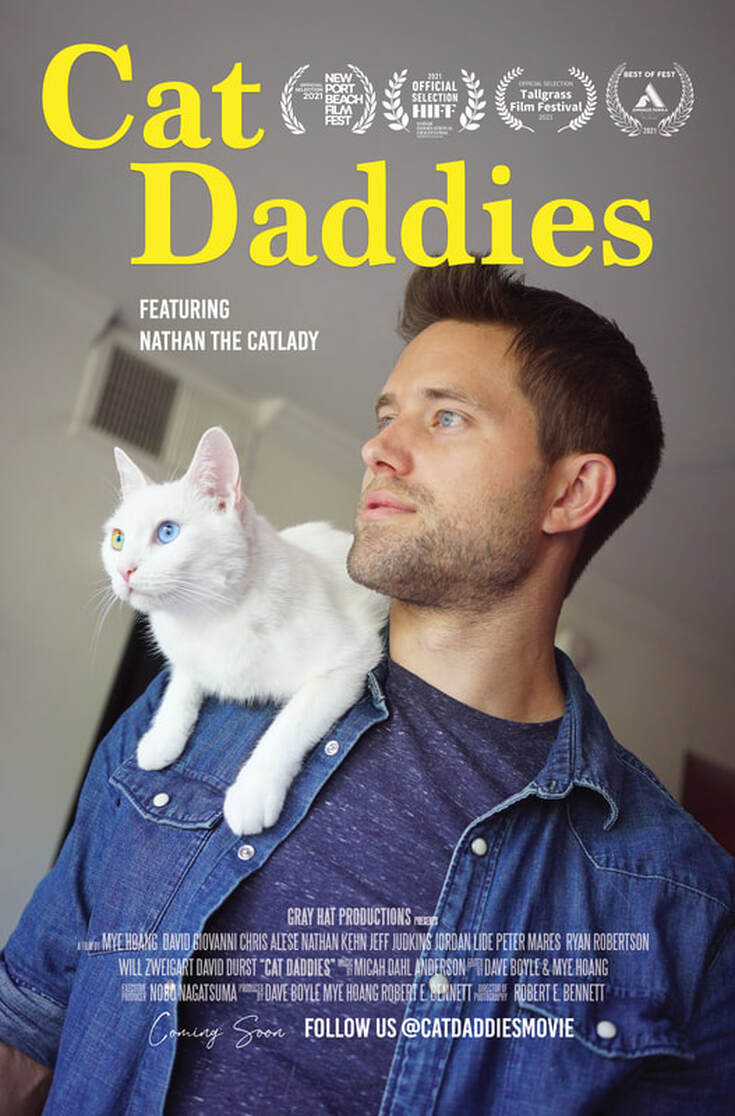

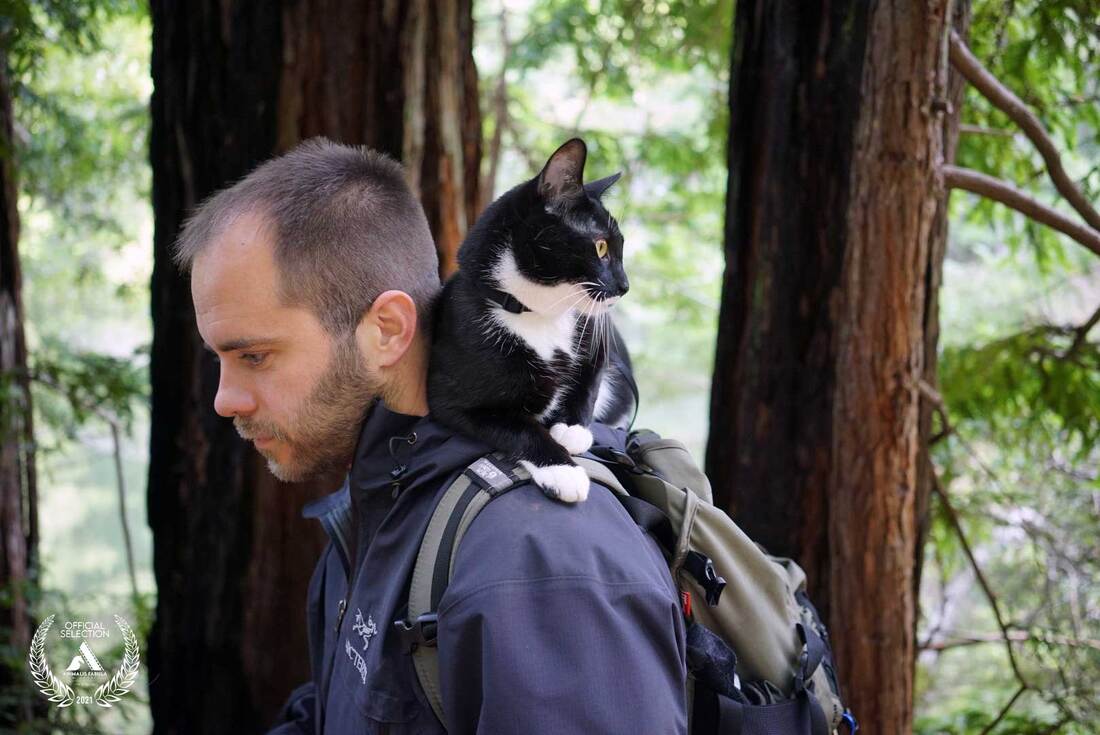
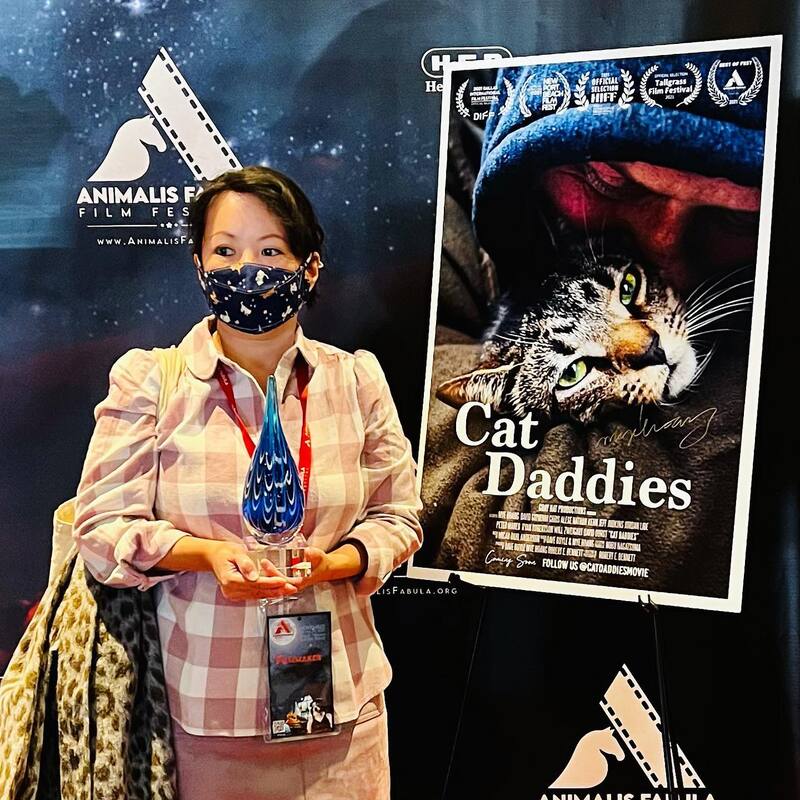
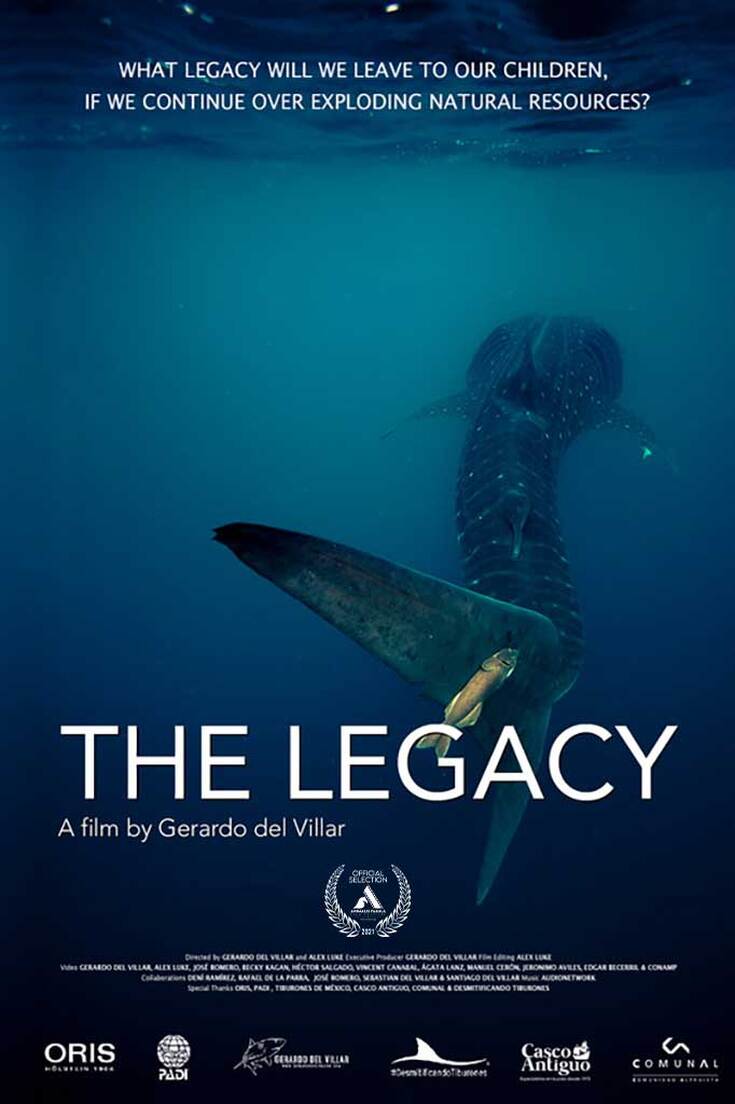
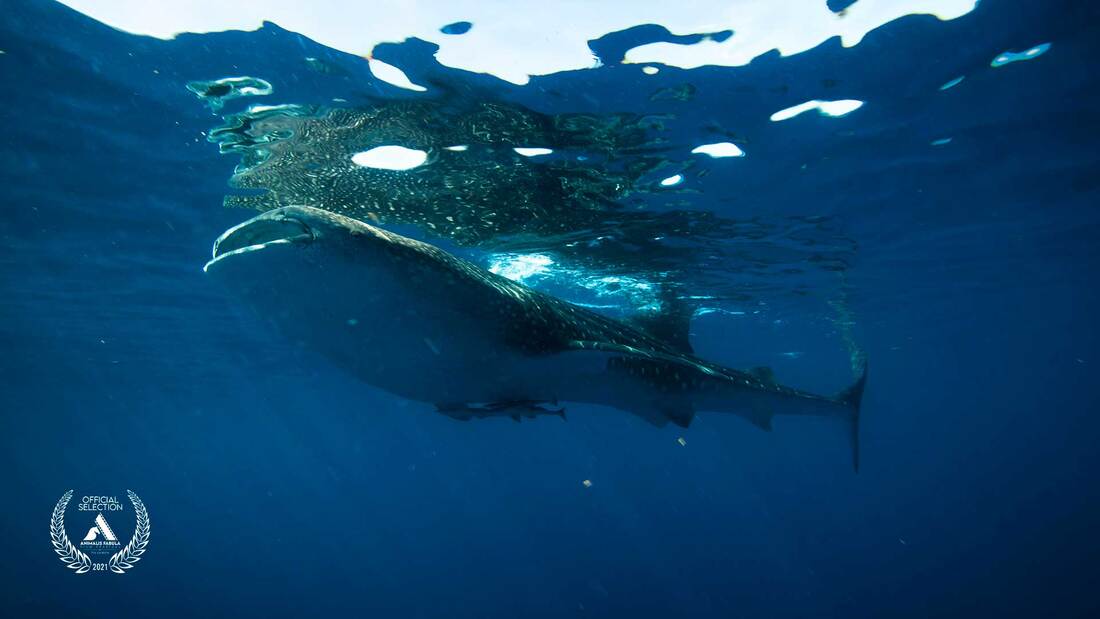
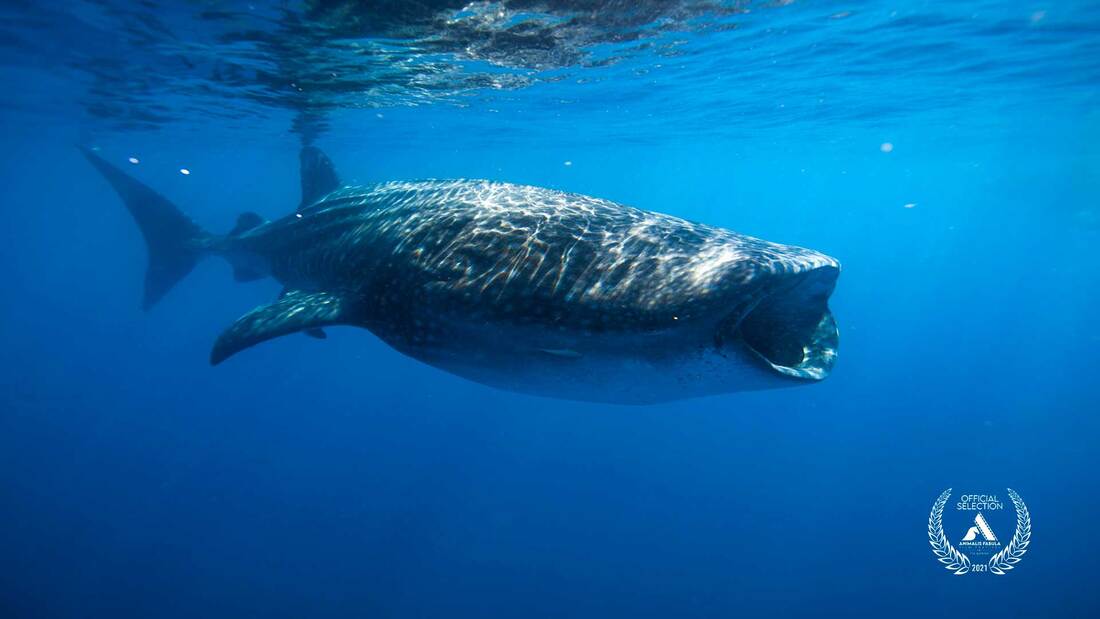
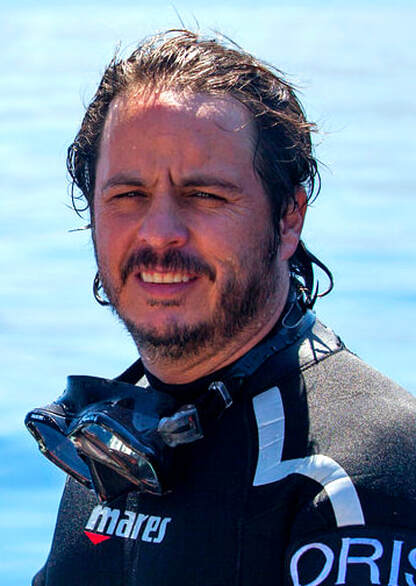
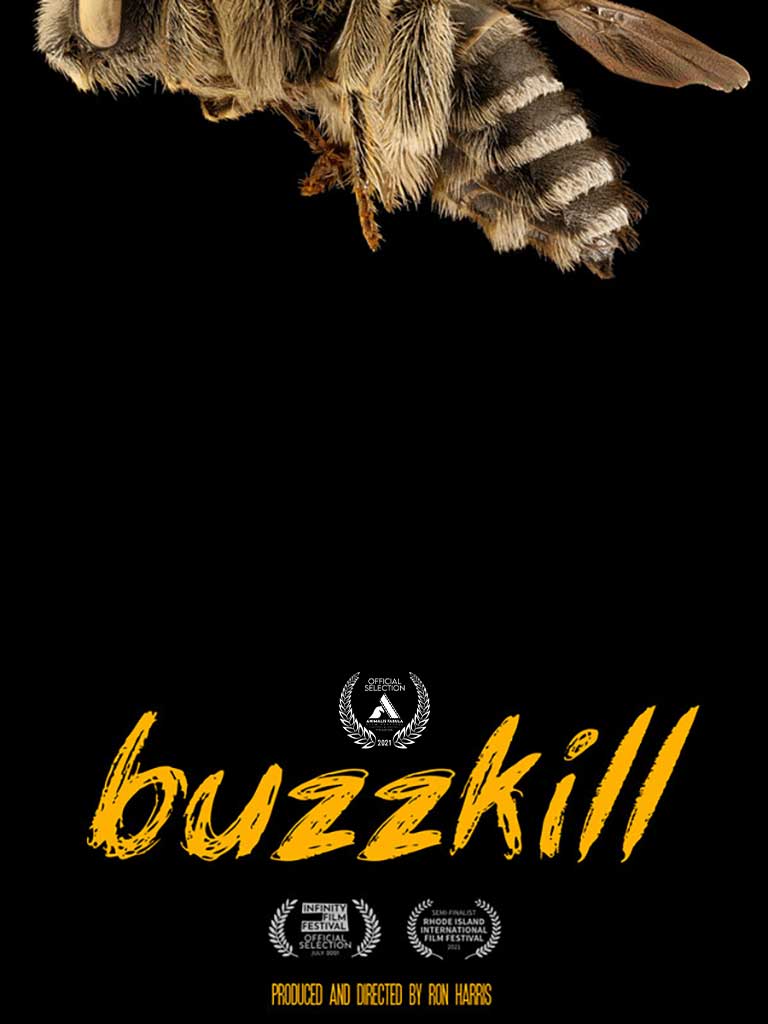
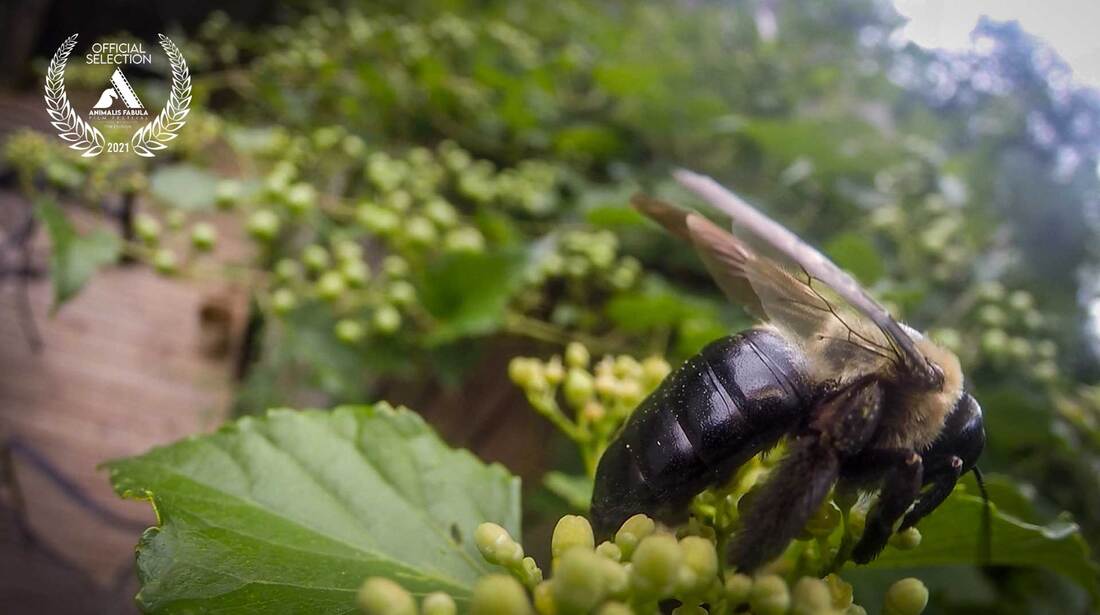
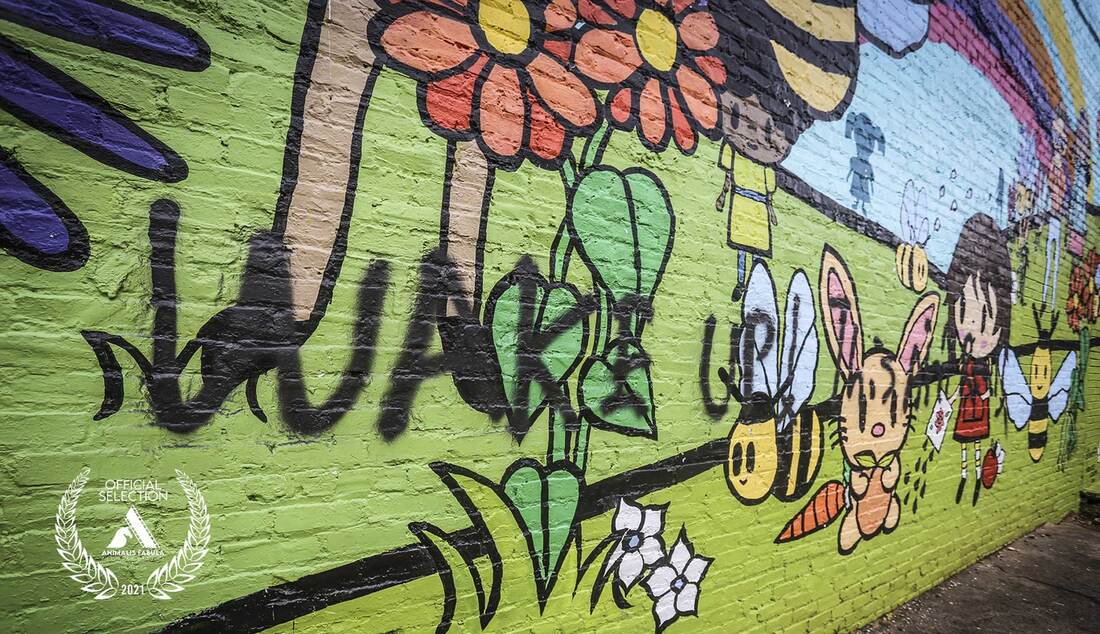


 RSS Feed
RSS Feed

